Discover Lomandra tanika, a low-maintenance, drought-tolerant plant perfect for USA gardens. Learn about its benefits, care tips and landscaping ideas in this comprehensive guide.
Are you looking for a tough, attractive plant that can thrive in various conditions with minimal care? Look no further than Lomandra tanika. This versatile grass-like plant is gaining popularity among gardeners and landscapers for its resilience and aesthetic appeal. In this article, we’ll explore everything you need to know about Lomandra tanika, from its characteristics to care tips and landscaping ideas.
Here’s an easy-to-read, verified information chart for Lomandra Tanika:
| Category | Details |
|---|---|
| Botanical Name | Lomandra hystrix |
| Common Name | Lomandra Tanika |
| Plant Name | Lomandra Tanika |
| Zone | 9-11 (USDA Hardiness Zones) |
| Sun Exposure | Full sun to partial shade |
| Soil Type | Well-draining, sandy to loamy soil |
| Watering | Moderate; drought-tolerant once established |
| Growth Habit | Clumping, upright |
| Height/Spread | Height: 2-3 feet (60-90 cm) <br> Spread: 2-3 feet (60-90 cm) |
| Special Features | Fine-textured, arching foliage, low maintenance, drought-resistant, ideal for landscaping and container planting |
What is Lomandra Tanika?
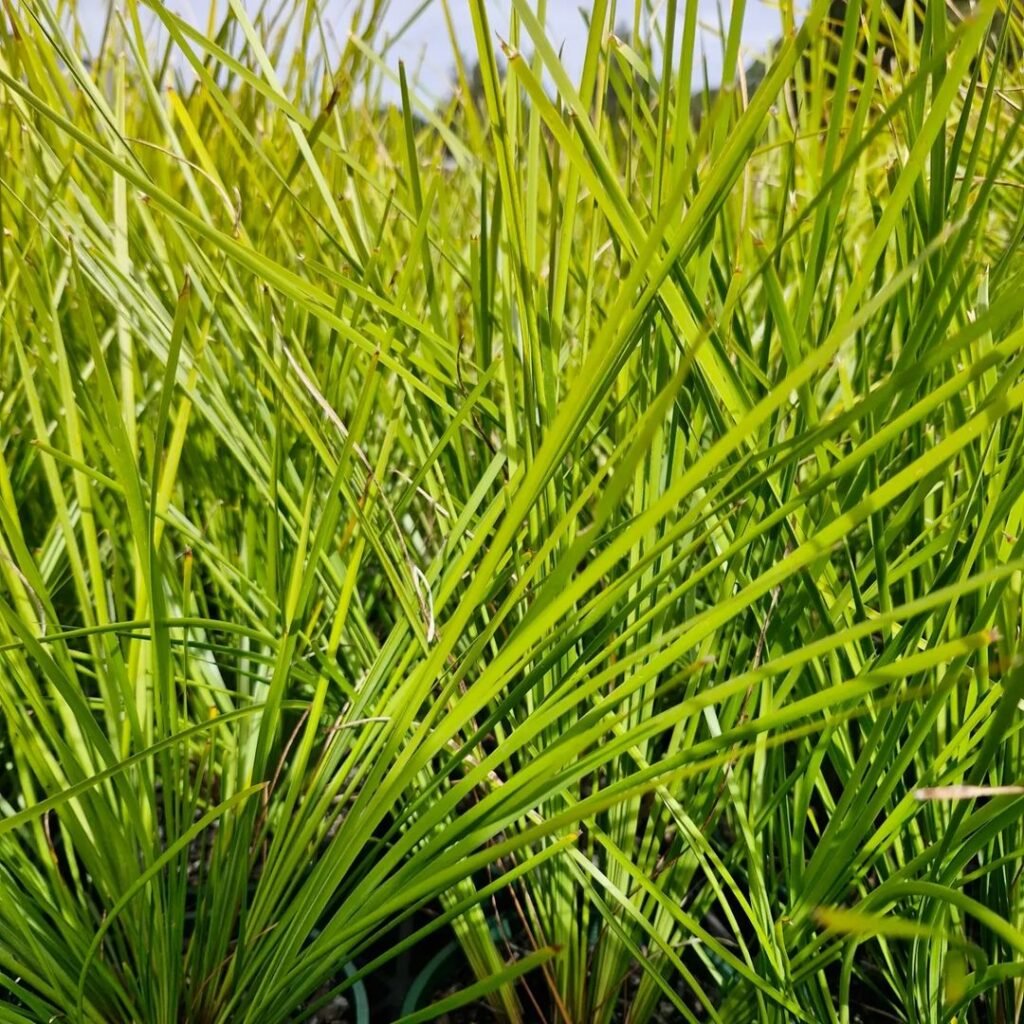
Lomandra tanika is a compact, evergreen plant native to Australia. It belongs to the Asparagaceae family and is often called a grass-like plant or rush. However, it’s not a true grass. Tanika is a specific cultivar of Lomandra longifolia, bred for its improved characteristics.
Key Features:
- Height: 1.5 to 2 feet (45-60 cm)
- Spread: 2 to 3 feet (60-90 cm)
- Leaf color: Lime-green to dark green
- Texture: Fine, grass-like foliage
- Growth habit: Clumping, arching
Benefits of Growing Lomandra Tanika
Low Maintenance
One of the biggest advantages of Lomandra tanika is its low maintenance nature. Once established, it requires minimal care, making it perfect for busy gardeners or those new to plant care.
Drought Tolerance
Tanika is highly drought-tolerant, thanks to its Australian origins. It can survive long periods without water, making it an excellent choice for water-wise gardens or areas prone to drought.
Versatility
This plant adapts well to various soil types and light conditions. It can thrive in full sun to partial shade, making it suitable for many garden locations.
Year-Round Interest
As an evergreen plant, Lomandra tanika provides year-round visual interest in your garden. Its attractive foliage maintains its color and form throughout the seasons.
Wildlife Friendly
Tanika can attract small birds and beneficial insects to your garden, contributing to local biodiversity.
How to Grow Lomandra Tanika
Planting
- Choose a location with full sun to partial shade.
- Prepare the soil by loosening it and removing weeds.
- Dig a hole twice the size of the root ball.
- Place the plant in the hole, ensuring it’s at the same depth as it was in its container.
- Backfill with soil and water thoroughly.
Soil Requirements
Lomandra tanika is adaptable to various soil types but prefers well-draining soil. It can tolerate sandy, loamy or clay soils.
Watering
While drought-tolerant, Tanika benefits from regular watering during its establishment period (first 3-6 months). After that, water deeply but infrequently, allowing the soil to dry between waterings.
Fertilizing
Lomandra tanika doesn’t require much fertilizer. Apply a slow-release, balanced fertilizer in spring if desired, but avoid over-fertilizing.
Pruning
Prune Tanika every 2-3 years to maintain its shape and remove any dead or damaged foliage. Cut back to about 6 inches (15 cm) above the ground in late winter or early spring.
Common Problems and Solutions
Yellowing Leaves
Cause: Overwatering or poor drainage Solution: Reduce watering frequency and improve soil drainage
Brown Leaf Tips
Cause: Lack of water or excessive fertilizer Solution: Adjust watering schedule or reduce fertilizer use
Slow Growth
Cause: Insufficient light or nutrients Solution: Move to a sunnier location or apply a balanced fertilizer
Landscaping Ideas with Lomandra Tanika
Mass Planting
Create a stunning visual impact by planting Lomandra tanika in large groups. This works well for slopes, borders, or as a ground cover.
Container Gardening
Tanika’s compact size makes it perfect for container gardens. Use it as a standalone plant or combine it with other drought-tolerant species.
Rock Gardens
Incorporate Lomandra tanika into rock gardens for a natural, low-maintenance look that complements the rocky terrain.
Erosion Control
Plant Tanika on slopes or banks to help prevent soil erosion. Its robust root system helps stabilize the soil.
Modern Landscaping
Use Lomandra tanika in contemporary garden designs. Its clean lines and architectural form suit modern aesthetics.
Companion Plants for Lomandra Tanika
Consider pairing Lomandra tanika with these complementary plants:
Lomandra tanika is a versatile, low-maintenance plant that can enhance any garden or landscape. Its drought tolerance, adaptability and attractive appearance make it a valuable addition to gardens across the USA. Whether you’re a seasoned gardener or a beginner, Tanika offers an easy-care solution for adding year-round interest to your outdoor spaces.
By incorporating Lomandra tanika into your garden, you’ll enjoy its beauty and benefits with minimal effort. Give this Australian native a try and discover why it’s becoming a favorite among gardeners and landscapers alike.


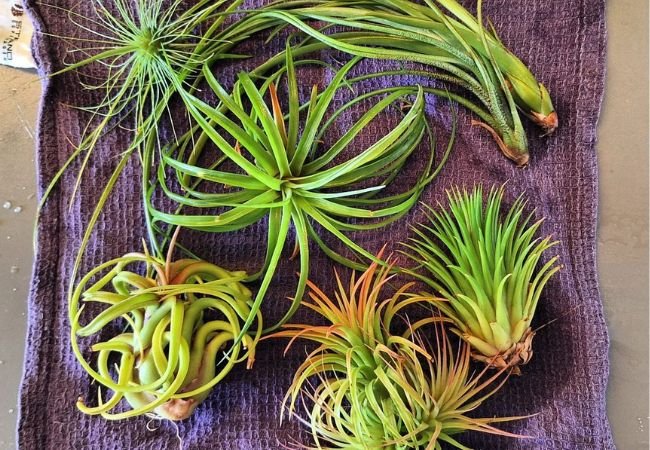
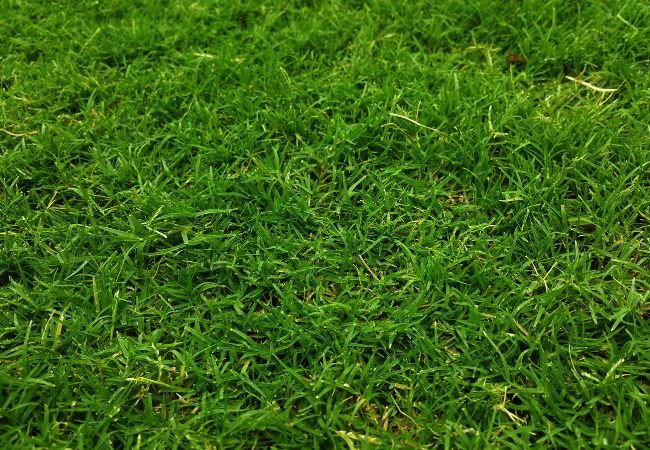
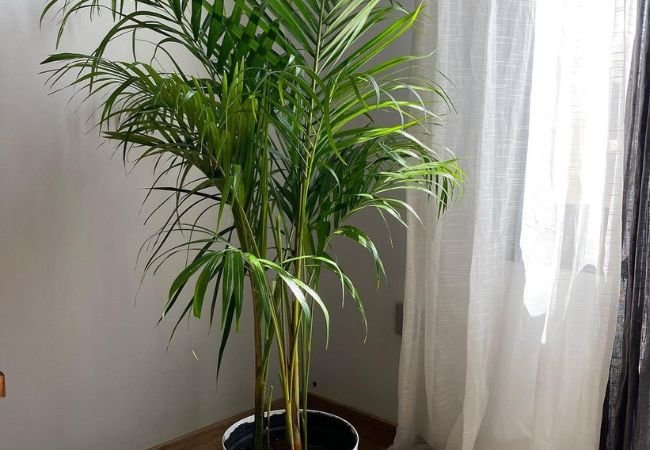
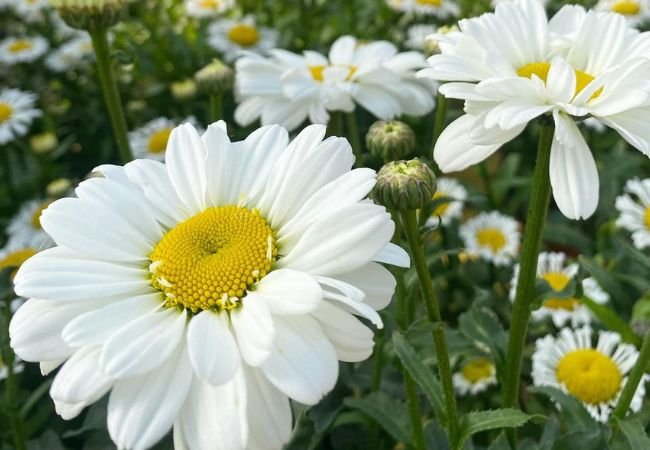
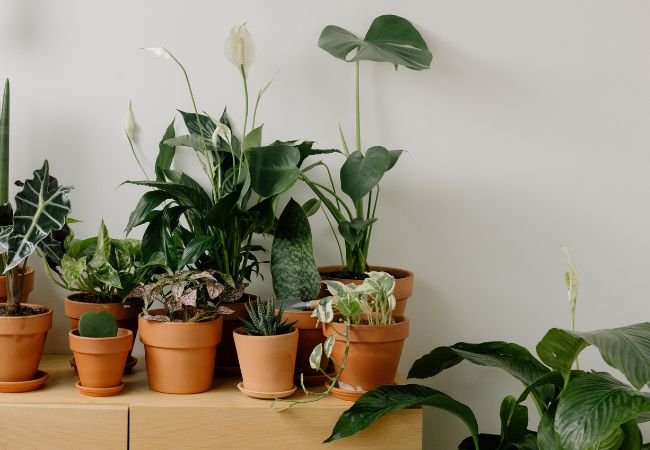
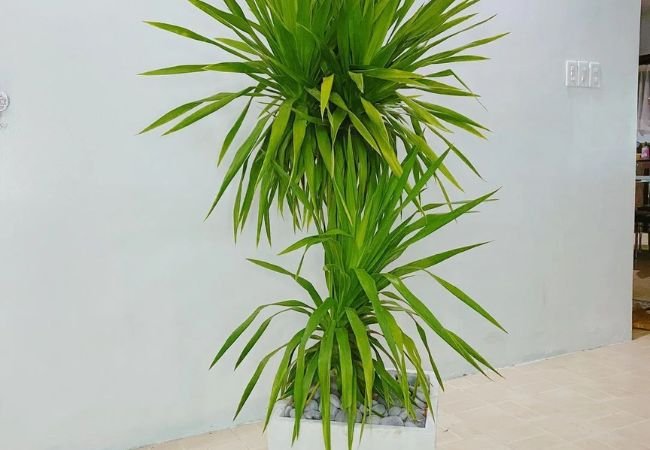
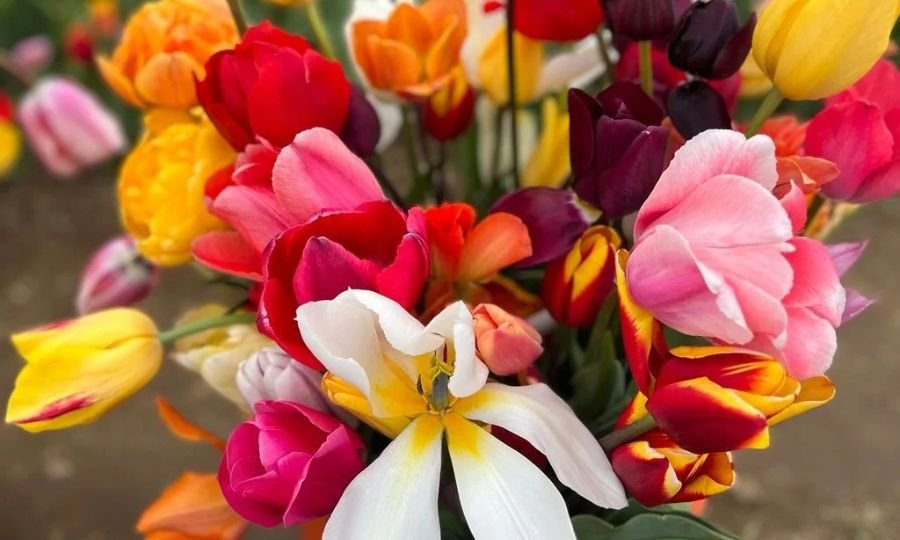
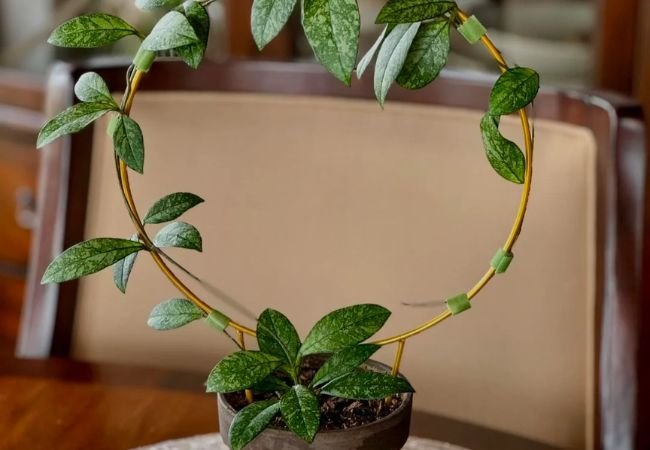
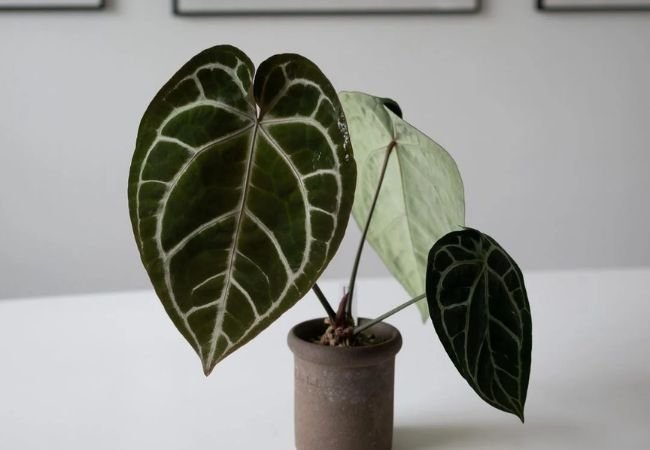
[…] foliage with various patterns and colors, low-maintenance, air-purifying, suitable for indoor environments, tolerates low light […]